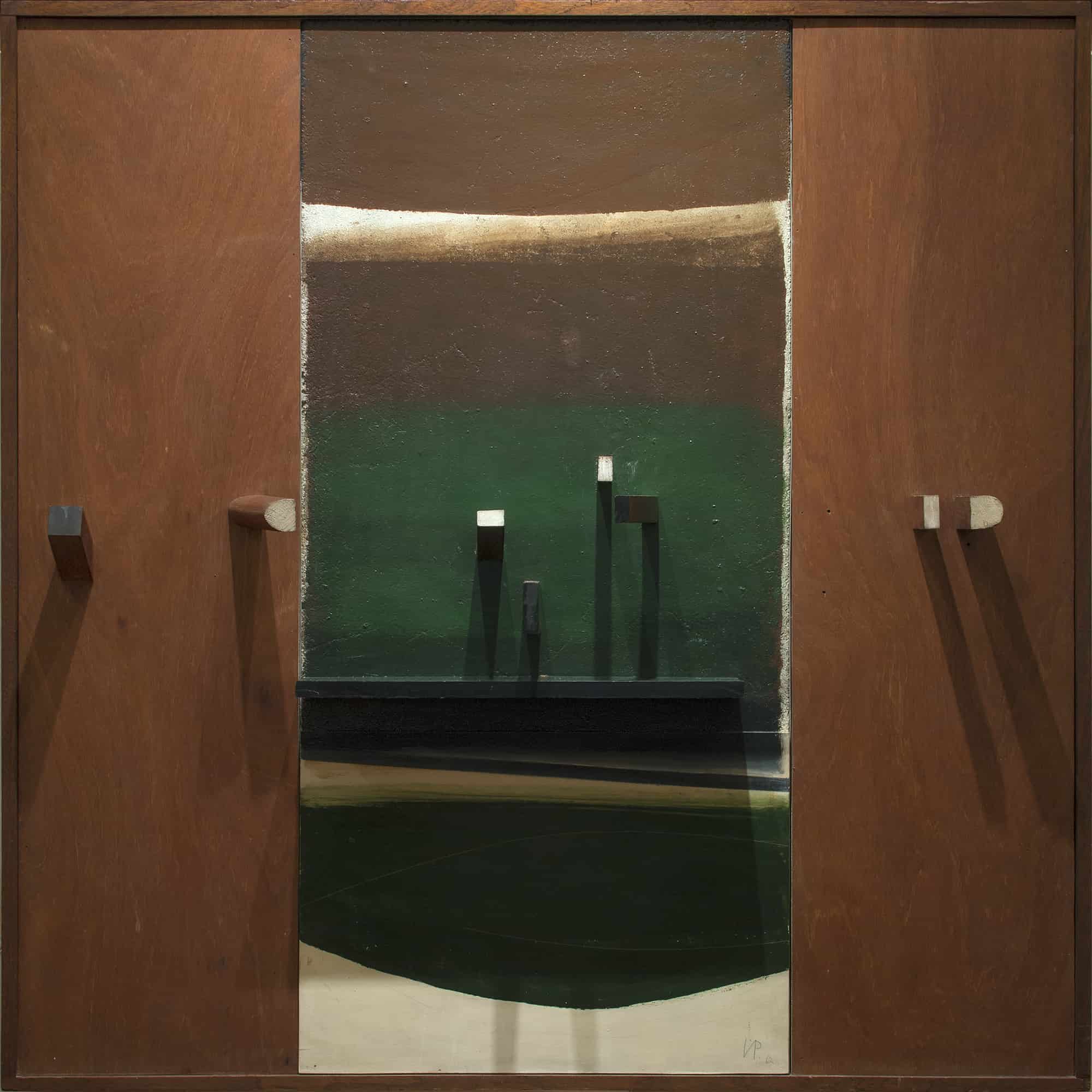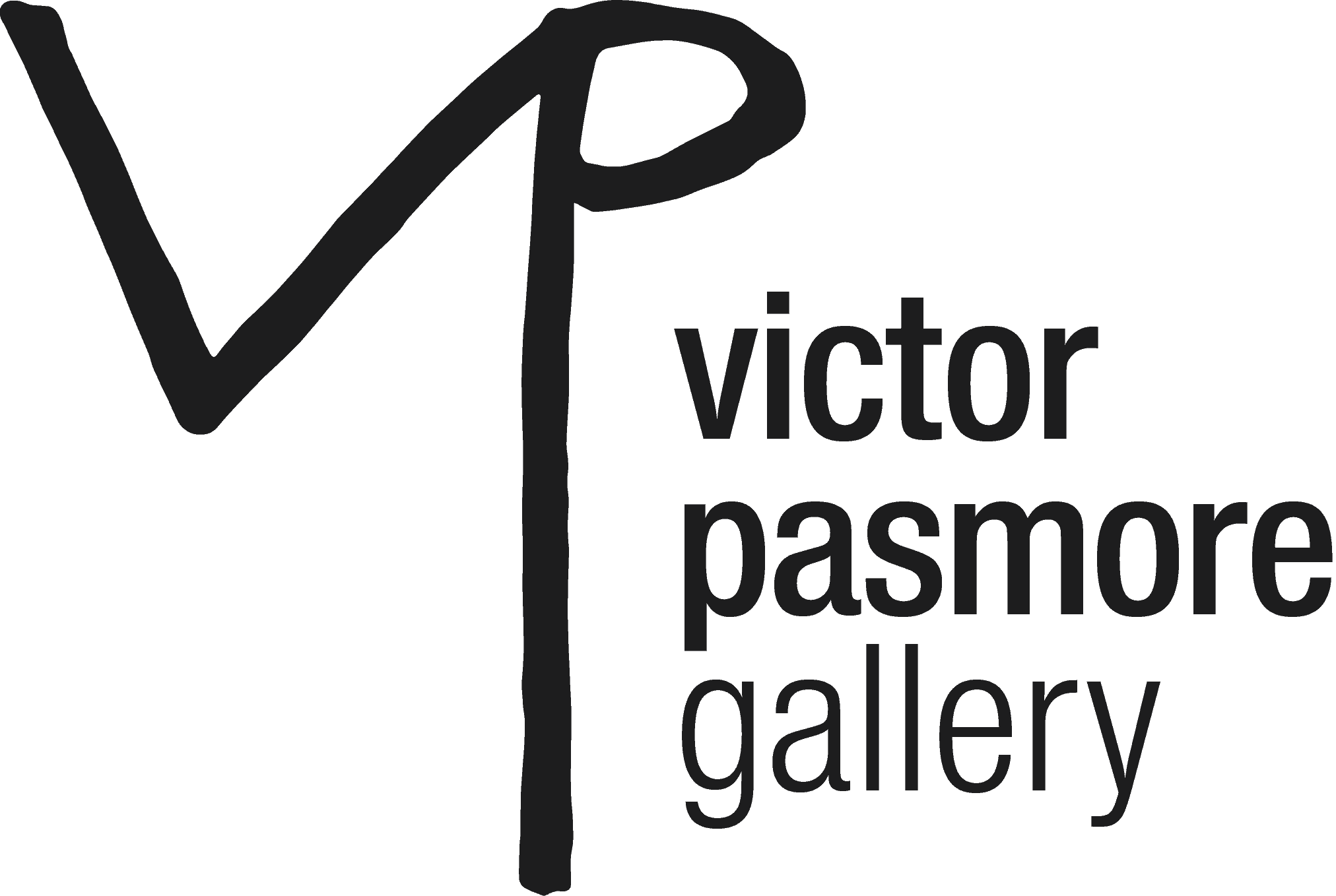CONSTRUCTIVISM
Antonia Critien
The very first representation of constructivist art in London occurred in 1937 through Circle – a publication and accompanying exhibition organised by Ben Nicholson, Russian immigrant Naum Gabo and the architect Leslie Martin. There was little interest in the concept from British artists at the time, and Circle’s activities ended with the onset of World War II. Pasmore’s experiments with three-dimensional constructivist art took place mainly over a decade in the 1950s. He was the founder of the Constructionist group of artists that included Anthony Hill and Kenneth and Mary Martin among others. Together they organised exhibitions and wrote papers on this movement in art which embodied the use of proportional systems and mathematical values. All of Pasmore’s shifts in artistic experiments stem from what he refers to as limitations, a sensation of being unable to progress. In 1954 he explained the difference between two-dimensional art and its three-dimensional counterpart. On a canvas what we see is a representation, an illusion of an object, whereas reliefs exist in real space and are designed to be viewed from all sides, allowing a deeper relationship with the viewer – a concept that may account for Pasmore’s progression towards architecture.

A Harmony of Opposing Forces, 1962, signed, projective painting, oil on wood and hardboard
FPM Collection.
In his reliefs Pasmore never abandoned painting, instead, he used it as a springboard for the three-dimensional additions. This artwork is all about contrasts as the flat bands of colour are interrupted by a rectangular shelf and other protrusions. However, a closer look at this work (which must be viewed from all angles) reveals a harmony in the composition as the three-dimensional pieces echo the painting’s colours, shapes and positions.
—
Further to an agreement with the VP Foundation, on the 18 December 2020, the Victor Pasmore Collection, previously held at the historic Polverista premises at the Central Bank of Malta in Valletta, was handed over to Fondazzjoni Patrimonju Malti. It is FPM’s aim, as the new managers of the artworks, to relocate the Collection to new premises for permanent display and henceforth continue to research, promote and display his important cultural legacy that impacted Malta and his Maltese contemporaries


